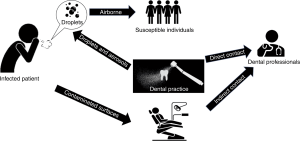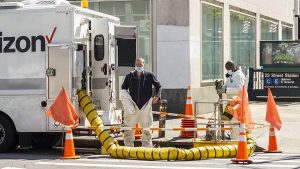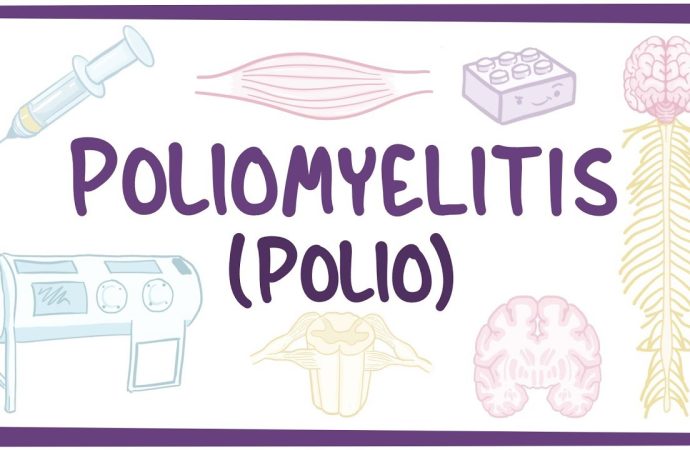Introduction Poliovirus, a highly contagious virus that can cause paralysis, has been a significant concern for public health for decades. While vaccination efforts have dramatically reduced the incidence of poliovirus worldwide, it continues to pose a threat, particularly in regions with inadequate sanitation and hygiene practices. One crucial aspect of poliovirus transmission that often goes
Introduction
Poliovirus, a highly contagious virus that can cause paralysis, has been a significant concern for public health for decades. While vaccination efforts have dramatically reduced the incidence of poliovirus worldwide, it continues to pose a threat, particularly in regions with inadequate sanitation and hygiene practices. One crucial aspect of poliovirus transmission that often goes unnoticed is its presence in sewage systems. In this comprehensive guide, we delve into the intricacies of Poliovirus in Sewages and explore the implications for public health and sanitation efforts. Explore More About Human Health (Soothing Trembling hands solution)
Understanding Poliovirus Transmission
Before delving into the specifics of poliovirus in sewage, it’s essential to understand how the virus spreads. Poliovirus primarily spreads through the fecal-oral route, meaning it is transmitted through contact with infected fecal matter. This mode of transmission underscores the importance of proper sanitation and hygiene practices in preventing the spread of the virus.

Image by: yendex.com
The Role of Sewage in Poliovirus Transmission
Poliovirus in Sewages serves as a reservoir for various pathogens, including poliovirus. When individuals infected with the poliovirus excrete fecal matter, the virus can enter the sewage system. In areas where sewage treatment facilities are inadequate or non-existent, untreated sewage can contaminate water sources, leading to the spread of poliovirus to unsuspecting individuals.
Challenges in Poliovirus Eradication Efforts
Despite significant progress in global poliovirus eradication efforts, challenges remain, particularly concerning the role of sewage in perpetuating transmission. In regions where sanitation infrastructure is lacking, poliovirus can persist in the environment for extended periods, thwarting vaccination efforts and posing a continuous risk to public health.
Strategies for Managing Poliovirus in Sewage
Addressing the issue of poliovirus in sewage requires a multifaceted approach that encompasses both vaccination campaigns and sanitation interventions. Improved sewage treatment facilities and sanitation infrastructure are crucial for reducing the risk of poliovirus transmission. Additionally, public health authorities must prioritize surveillance efforts to monitor poliovirus circulation in sewage and respond promptly to outbreaks.

Image by: yendex.com
Implications for Public Health
The presence of poliovirus in sewage underscores the interconnectedness of sanitation and public health. Inadequate sanitation not only poses risks for individual health but also threatens community-wide efforts to eradicate poliovirus. By addressing the root causes of sewage contamination and implementing comprehensive sanitation measures, we can mitigate the risk of poliovirus transmission and move closer to global eradication.
Poliovirus Vaccination vs. Sewage Management
| Aspect | Poliovirus Vaccination | Sewage Management |
|---|---|---|
| Objective | Prevent poliovirus infection | Reduce poliovirus transmission |
| Target | Individuals | Communities |
| Approach | Immunization campaigns | Sanitation infrastructure |
| Efficacy | High | Variable depending on resources |
| Long-term Impact | Reduced poliovirus cases | Prevention of outbreaks |
Conclusion
In conclusion, poliovirus in sewage represents a persistent challenge for public health authorities worldwide. Understanding the dynamics of poliovirus transmission in sewage is crucial for designing effective interventions to prevent its spread. By prioritizing sanitation infrastructure and vaccination efforts, we can work towards the ultimate goal of eradicating poliovirus and ensuring a healthier future for generations to come.
















